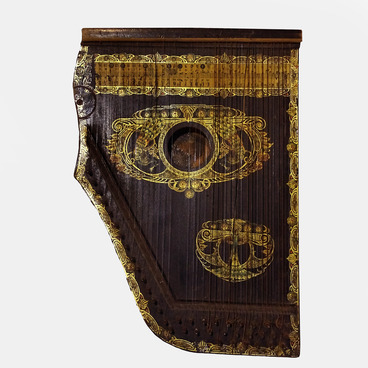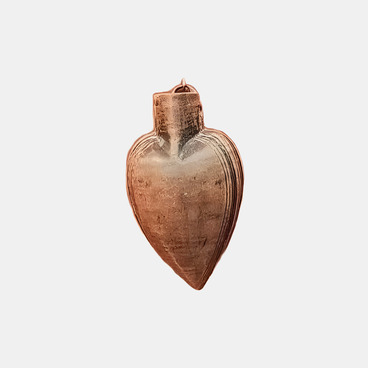Stones, sticks and hands were the first tools used for writing symbols. Stones were used for drawing on rock, while sticks and hands were used by ancient people to draw on sand. Around 4000 BC, people started using wet clay tablets, using bones or rods (made of bronze or wood) as a pen. Thousand years later, the Egyptians invented hieroglyphics, scribes used reed pens, reed brushes to write on papyrus.
Around 1300 BC Romans started writing on wax, they poured wax into wooden tablets and wrote with a metal instrument called stylus.
Writing on wax was used for 18 centuries until the Anglo-Saxons discovered parchment. By 1800 AD the parchment got cheaper and more widespread which raised the need for an accessible writing instrument. Thus came the era of goose quills, which lasted until the late 18th century. Then the pencil lead was created, which launched the writing instrument industry.
First metal pen nib was patented in 1803, this invention completely replaced goose quills by the end of the 19th century. In 1884, L. Waterman invented a pen that used ink for refilling.



